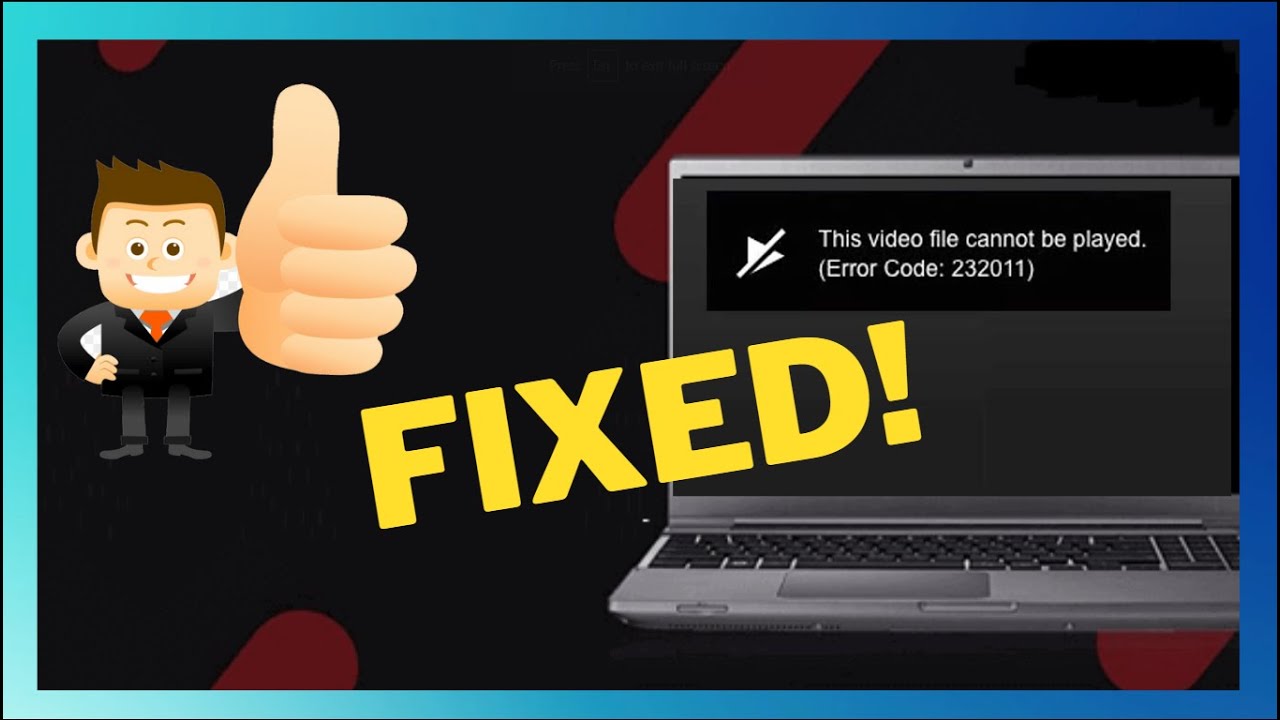How Has Technology Changed Education?
Over the past few decades, the world has undergone numerous major changes in all aspects of life. Education has become the sphere where changes have finally started to catch up with the rest of the world. Thus, this system has been witnessing many novelties and transformations due to technological progress. Here are a few aspects of how technology changed education.
Access to learning
Perhaps, the biggest game changer in the education field over the recent years has been the free access to all kinds of information. In the past, only small groups of people held the knowledge and lessons to raise educated people. Now, the Internet can do it instead. The dynamics of power have changed. Users are free to seek, read, and learn based on the information they can find online.
Of course, sometimes, such freedom of information has its dangers. Thus, people don’t always find credible or truthful information online. Yet, without much experience, expertise in the matter, or guidance, people tend to fall under false theories and facts. Such a dark side of the Internet calls for cautious and constant double-checking of the information.
Yet, people can still enjoy the many benefits of open libraries, online reports, science blogs, digital books, and various forms of academic help online. In fact, you can even pay someone to do your homework when needed. The world is your oyster, so to speak. People just need to know what they are looking for, where, and why.
Greater personal responsibilities
With more freedoms comes more responsibilities. Thus, modern students can enjoy and cherish their individualism in study methods and learning approaches. Moreover, it means that for the first time in, well, maybe ever, students have greater control over how they study, what programs they follow, what information they choose as appropriate, how much they can learn, etc.
Most of these options became possible only after current technological advances.
It’s not only that people have higher chances of finding all needed information online. It’s that now people have more tools to take their learning process into their own hands. Modern technology can also help learners adjust their programs, work on their weak spots, analyze their progress, provide feedback, etc. Thus, what used to be done solely by teachers, and software can do without any human intervention. In fact, it can do such tasks much faster and with little chance of error.
Of course, it doesn’t mean that modern classrooms don’t need educators. That would be a massive exaggeration. However, how teachers can take the role of guides rather than fulfilling several tasks at once. Hence, they can focus on students’ immediate needs instead of being distracted by paperwork or else. It’s a win-win situation for everyone involved.
Openness to innovations
It’s fair to say that academia is not exactly the most flexible or fast to change institution as a whole. Yet, it seems to be quick in embracing technological progress and its potential for learners and teachers. Indeed, schools are opening their doors to recent tech discoveries, programs, and gadgets. It’s an exciting change of heart to observe. After all, the education system can be one of the most affected by technology in areas of life today. We can replace the school norms and approaches by introducing new programs and gadgets to deliver the same lessons but by more effective means. It seems that technology has started a revolution against schools’ old ways of teaching.
Collaboration opportunities
Only a few years ago, remote learning, virtual classrooms, or online labs would be impossible to think of. Yet, today it’s quite the norm. The world is getting more and more interconnected. Technology and the Internet are some of the biggest factors here. The same goes for academia. Scholars and students are more likely to collaborate and share their discoveries, research, and passion for a discipline even if they are miles away from each other. These days distance means truly little to people. We can all engage online.
Hence, now students can sign up for remote classes and online courses. These won’t require people to move or commute. Hence, such a possibility also made education more accessible than ever before. In addition, students can collaborate and work on various projects together via apps, Zoom, emails, etc. So, people can share their knowledge and skills from a distance. In fact, people can even observe live expeditions or chemical experiments. Thus, being witnesses to real-world academic events and discoveries.
All these opportunities promote academic cooperation and enhance international relationships among schools, scholars, and students.
Wrapping up
There is still so much we don’t know about technology and its impact on our lives and minds. However, one thing is clear. The tech world is our future. So we better be ready and fully accustomed for it to come in its full force. Currently, the changes in education caused by modern technology are only the beginning. It’s possible that in a few years or decades, the face of traditional teaching will fully change under the technological influence. As of now we are only preparing the soil to plant seeds of tech transformation that will affect the entire education system. On the bright side, these changes are meant to improve traditional forms of education and create better conditions and opportunities for younger generations.
Check our NIO Stock









Leave a Reply